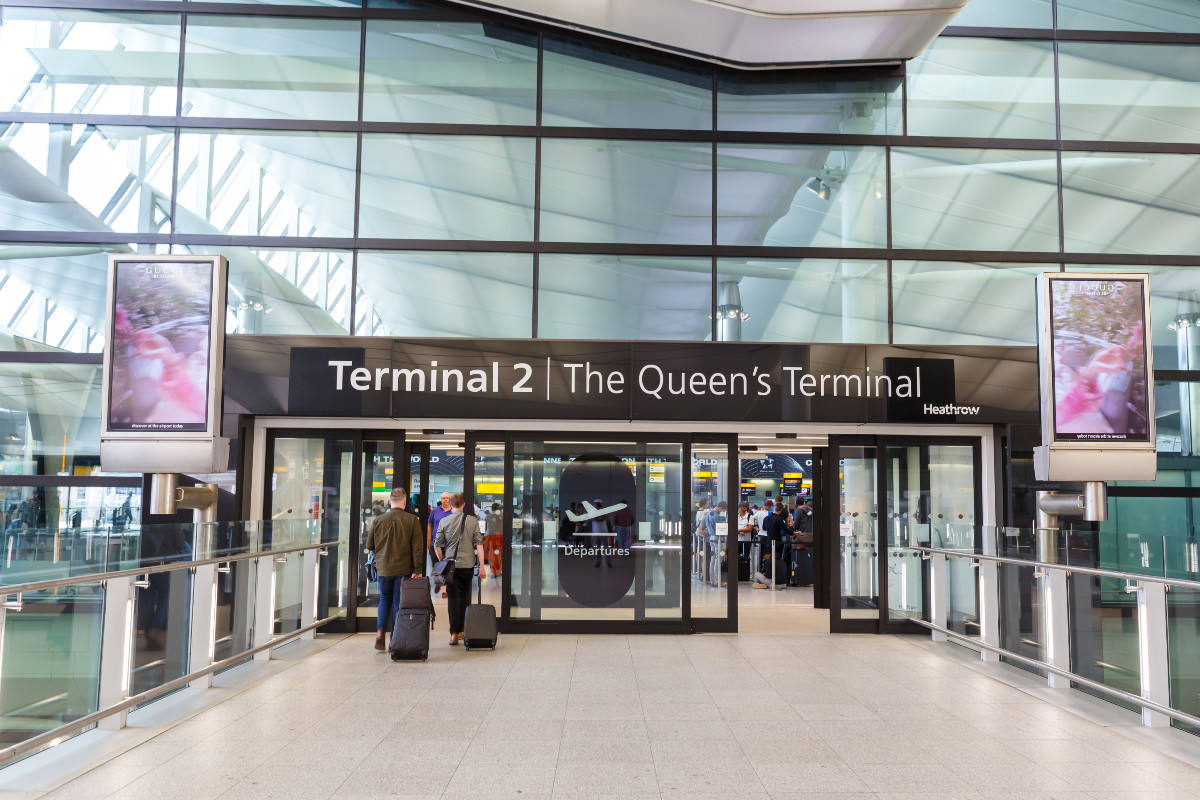Heathrow Airport is weighing up legal action against National Grid after an independent investigation concluded that a blaze at the North Hyde substation – first detected as a risk in 2018 – triggered March’s shutdown of the UK’s busiest airport.
The report, published on Wednesday, revealed “elevated” moisture levels inside a transformer bushing seven years ago, a reading that National Grid’s own guidance describes as “an imminent fault and that the bushing should be replaced”.
Instead, the basic maintenance required was deferred, moisture continued to accumulate, and on 20 March the component failed spectacularly, igniting a fire that plunged Heathrow into darkness, grounded more than 270,000 passenger journeys and disrupted road, rail and hospital services across west London.
‘Could and should’ have been avoided
A Heathrow spokesperson told the BBC that National Grid “could and should” have prevented the incident and must “take accountability for those failings” that “resulted in significant damage and loss for Heathrow and our airlines”. Airlines put the cost of the 24-hour shutdown at between £80 million and £100 million.
National Grid insisted such events are “rare” and maintains that Britain still boasts “one of the most reliable networks in the world”. In a statement it pointed to a “comprehensive asset inspection and maintenance programme” now in place, including “re-testing the resilience of substations that serve strategic infrastructure”.
Ofgem launches formal investigation
Energy watchdog Ofgem launched a formal investigation within hours of the report’s release. “Where there is evidence that they have not, we will take action and hold companies fully to account,” warned Akshay Kaul, Ofgem’s Director General for Infrastructure.
Fintan Slye, Chief Executive of NESO, whose team led the probe, stressed that while the review “did not set out to apportion blame,” National Grid is ultimately responsible for the upkeep of its equipment. “So when they identified those moisture levels back in 2018, what should have happened is that the transformer should have been taken out of service for a short period of time and that fault effectively repaired,” he told BBC Radio 4’s Today programme.
“That was missed. The moisture got worse over time and ultimately that’s what caused the fire to happen. The story of our report really is probably one of missed opportunities.”
Alarmingly, investigators discovered “it was not known to the energy companies” that losing just one of Heathrow’s three grid feeds would knock out critical systems. Slye said this pointed to another “potential missed opportunity” for both the airport and network operator to bolster resilience.
The findings have reignited debate over the robustness of the UK’s most strategic infrastructure. With legal action now on the table and Ofgem circling, National Grid faces mounting pressure to explain how a known fault was left to smoulder for seven years – only to flare up into a multi-million-pound crisis that grounded Britain’s primary gateway to the world.

